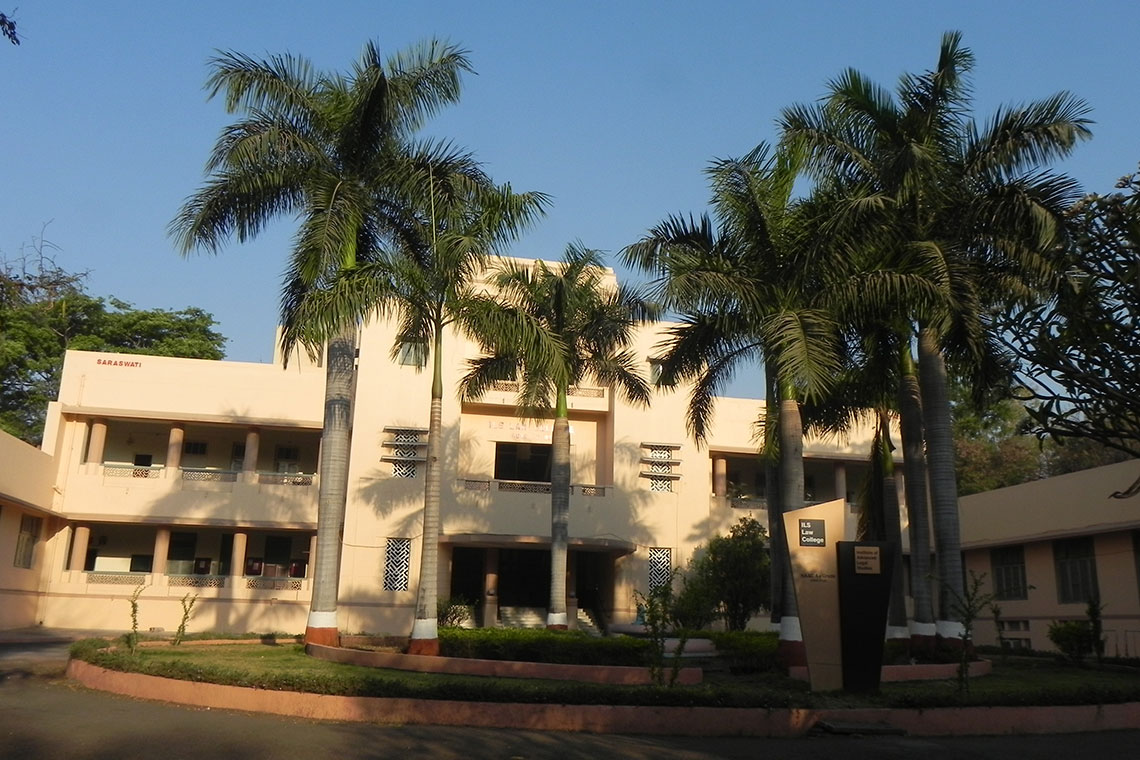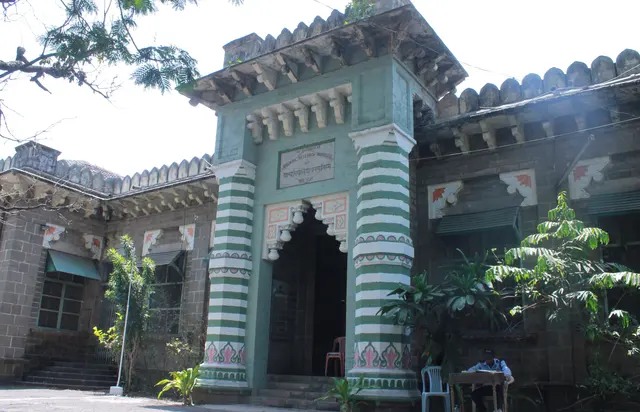The ‘Bhamburda – Erandvan University’ of Pune

Some of you may have heard of ‘Bhamburda’ and ‘Erandvan’ areas of Pune. As the old Pune city grew, these ‘villages’ from across the Mutha river were added into the city limits, around 1920.
Today, the ‘Bhamburda’ area is referred to as Shivajinagar. ‘Erandvan’ still continues to be known as ‘Erandvan’ (or ‘Erandvane’) – this is the Prabhat Road/Karve Road/Deccan Gymkhana area. These areas, while new a hundred years ago, today represent the new center of Pune city and most Punekars and many visitors are well familiar with this.
But, have you heard of the ‘Bhamburda – Erandvan University’ located right here? It is one of the top Education, Research and Knowledge Clusters in the entire country. It consists of various top institutes in many diverse fields. Fields as diverse as Films, Journalism, Management, Oriental & Indology Research, Law, Politics, Economics, Sciences, Agriculture, Weather, Engineering and more.
This ‘university’ is located along a 2-3 km stretch, surrounded by hills and dense tree cover. And in the center of the city.
Sounds vaguely familiar? Well, even old Punekars have not heard of this ‘university’ – the reason being that it doesn’t ‘officially’ exist. At least not as a formal entity.
But it is very much there. Ultimately, what is a ‘university’? It is a place of learning and research across various domains – in a good environment, geographic proximity and good cross collaboration between various disciplines, and students and faculty staying nearby…right? All that exists here. And with a rich legacy that goes back over a hundred years.
So what is this ‘university’? Well, I am referring to the many great institutions located in Shivajinagar (old name Bhamburda) and Erandwane (old name Erandvan) in Pune. Quite a few of these were setup along an old road that goes along the Law College and Fergusson Hills, connecting Gokhale Road (Fergusson Road), with Karve Road. And some institutions a bit further away.

Today this road is split into two parts – Law College Road (Chiplunkar Road) and BMCC Road (Agarkar Road). But before the creation of the Senapati Bapat Road, this was one contiguous road. Only after the Senapati Bapat Road junction was created in the late 1960s, did we start identifying these as two separate roads.
This road spans through the old Bhamburda and Erandvan areas.
The first great institution to be established here, was the Fergusson College. The Deccan Education Society, founded by Tilak, Agarkar, Namjoshi and Apte established this college in 1885. In 1905, Gopal Krishna Gokhale built a bungalow nearby and his Servants of India Society was also setup here. Later in the 1930, this became the site of the Gokhale Institute of Politics & Economics. The Ranade Institute and the old ‘Aryabhushan Press’ are also located at one of end of the BMCC Road.
In 1917, a group of students of the great Indology scholar R.G. Bhandarkar established the Bhandarkar Oriental Research Institute. The present day Bhandarkar Institute Road didn’t exist then and was created a few years later.
Right next to the Bhandarkar Institute, the Indian Law Society established the ILS Law College in 1925. A few hundred meters further down the road, one of Indian Cinema’s top studios – the Prabhat Studio was established in 1933. This studio produced some of India’s finest films in the 1930s, which won many international awards. The studio closed down in the 1948. Later, in the 1960s – the Films & Television Institute of India was established in this campus.
At one end of this road (area near present day intersection of Law College Road and Karve Road), Maharishi Karve established the first women’s university of the country in 1916 – the SNDT Women’s University.

Barrister Jayakar built a large bungalow across from the ILS Law College in the 1930s. Note that he was the first Vice Chancellor of the University of Poona, which was established in 1948. In fact, the ‘University of Poona’ (today’s SPPU) was started in the Bhandarkar Institute campus in 1948, and it shifted to its present campus in 1949. After the death of Barrister Jayakar, his bungalow was converted to the National Film Archives.
Meanwhile in 1940s, the BMCC College of Commerce was setup right next to the Gokhale Institute. The Agharkar Institute (focused on plant, animal and microbial sciences) came up in the neighbourhood in the 1950s.
Fast forward to 1970s and the Symbiosis Campus started taking shape on Senapati Bapat Road, at the foothills of the ‘Khind’ on the new Senapati Bapat Road. What started as a hostel for foreign students, 50 year ago has now become one of the largest private deemed universities in the country. While Symbiosis now has dozens of campuses in Pune and many more all over the country – the original campus and the ‘main campus’ continues to be right here.

A bit further beyond this 2 km stretch of road, but still very much in Bhamburda area is the College of Engineering, Pune – the 2nd oldest engineering college in the country, which was established in 1854! It is one of the top engineering colleges in the country. Nearby is the ‘Shimla Office’ – the massive Indian Meteorological Department (IMD) building, built in the 1920s. It used to the national head quarters of the IMD in the 1930s and 40s. Close by, at the intersection of Fergusson College Road and Ganesh Khind Road is one of the oldest dedicated agriculture (if not the oldest) colleges in the country – established around 1905. And there are many more colleges and institutions in the area such as the Abasaheb Garware College, Modern College and more.
As I said earlier all these institutes are not formally part of one single official organization or university – but some collaboration/knowledge exchange between them, does exist. Of course, it needs to improve a lot more and organizational barriers sometimes impede this process. But there are some advantages as well, of being distributed.
Over the past many decades, some of these institutes have moved up, while some have slipped down in their respective areas of work. Some are attempting to reinvent themselves. It’s a dynamic scenario.
Over the past few decades – a similar independent set of institutions cluster has come up along the Pashan, Baner Roads – past the University of Pune (SPPU) campus. I will describe these in a separate article.
Here’s hoping that the ‘Bhamburda Erandvan’ distributed, loosely coupled ‘university’ continues to excel in the 21st century!
leave a comment